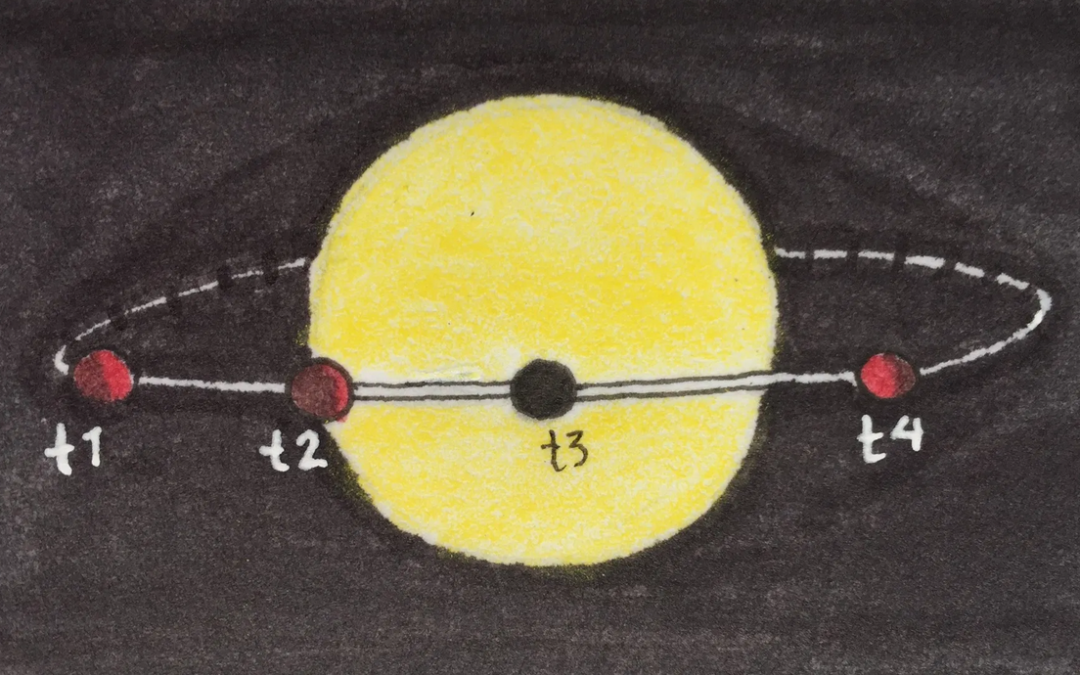About SAG15:
The SAG15 study is led by Daniel Apai (University of Arizona). The SAG15 team is charged with studying high-level science questions that can be answered by direct imaging studies of exoplanets and identifying the type and quality of data these studies require. The SAG15 study does not focus on any particular telescope architecture or observational method, but on the fundamental science questions.
SAG15 Report: SAG15 Report, June 18, 2017
Status Update
SAG15 Status Summary / EXOPAG 2017 Winter
SAG15 Report Drafts:
SAG15 Report Draft, June 17, 2017
SAG15 Report Draft, May 3, 2017 (Near-final version – please send comments by May 10)
SAG15 Report Draft, April 27, 2017 (High resolution)
SAG15 Report Draft, April 26, 2017
SAG15 Report Draft, April 14, 2017 (High-res figures)
SAG15 Report Draft, April 4, 2017
SAG15 Report Draft, January 2, 2017
SAG15 Report Draft, 2nd December 15, 2016
SAG15 Report Draft, December 15, 2016
SAG15 Draft Report, December 14, 2016
SAG15 Draft Report, November 15
SAG15 Report, Advanced Draft, Oct 11
Versions below typeset in Pages:
SAG15_Report Draft_High Level Science Question – June 11, 2nd
SAG15_Report Draft_High Level Science Questions – June 11
SAG15 Report Draft High Level Science Questions – May 30
SAG15 Report Draft High Level Science Questions – May 29
SAG15 Report Draft High Level Science Questions – May 28
SAG15 Report Draft High Level Science Questions – May 9
SAG15 Report Draft High Level Science Questions – April 25
SAG15_Report Draft_High Level Science Questions – April 5
SAG15_Report Draft_Report_Feb5-2016
SAG15 Telecon Slides and Telecon summaries:
SAG15_Telecon3_Minutes (April 6, 2016)
SAG15 Telecon 2 slides (Apai, March 2, 2016) SAG15 Telecon 2 Minutes
SAG15 Telecon 1 (Dec 2015) SAG15 Telecon 1 Minutes
SAG15 Supporting Documents:
ADS Library for SAG15-related publications
Link to ESA Phase 0 Studies for M4 Cosmic Vision Candidate Missions
The Search for Life, Science Fiction, Society
The current estimate for the number of stars with Earth-sized planets orbiting in the habitable zone is about one in four, according to Dr. Daniel Apai Principal Investigator for Project EOS. Other researchers estimates range from as few as 5 percent to more than 100...

Porosity, Tetris, and de-fluffification
A closer look at dust particles Young planet-forming disks contain trillions of tiny microscopic dust particles. Even in the tenuous protoplanetary disk, these particles bump into each other every now and then, sticking together and growing larger and larger with...

Methods for Hunting Exoplanets
“Usually the first thing you find in astronomy are the freaks,” said Dr. Travis Barman, Project EOS co-investigator and associate professor at the University of Arizona. “And the freaks tell you about the exceptions not the rule.” Exoplanets are illusive objects. They...
New Directions in Planet Formation – Gijs Mulders
How do planets form? This is a question that scientists have asked themselves for centuries. Kant (in 1755) and Laplace (in 1796) postulated the nebular hypothesis, which states that the solar system planets formed from a rotating disk of material. Over the years...
Hunting for Exoplanets: Direct Imaging
A strange and new extrasolar system was discovered by graduate research fellow and Project EOS collaborator Kevin Wagner, principal investigator for Project EOS Daniel Apai, and assistant professor of astronomy at the University of Arizona Kaitlin Kratter, announced...
Mapping the atmospheres of exotic worlds: from brown dwarfs to Earth 2.0
Discovering Earth 2.0, another planet like our Earth that could host life on its surface, requires us to characterize the atmosphere of the planet. An important feature we need to study is the clouds in that atmosphere. What are they made of? How are they...
Planet-Forming Disks
The solar system formed when an enormous cloud of gas and dust began to collapse and rotate. As it spun faster and faster, it formed a disk which helped feed into forming the young sun in the center of it all. From this disk, small particles of dust started sticking...
Climate Stability and a Hike along a Triassic Coral Reef
From the DistantEarths blog of Daniel Apai After two hours of hike up on a rocky trail in the Italian Alps, finally I stand at an elevation just above 2,500 meters, staring at a breathtaking and unique mountain range, the Dolomites, that holds an exciting clue to the...
Taking Pictures of Alien Worlds
We know of a lot of exoplanets. Most, though, we know of only by indirect means – typically via the planet occulting some of the starlight during an eclipse or changing the star’s velocity due to the planet’s own gravity. As of today (June 29, 2016) the exoplanet...
Building Planetary Systems: The Genesis Database
The planets of our solar system formed out of a swirling disk of gas and dust billions of years ago. The material that accreted to become the Earth lacked water and organic material because it formed at a distance that was too close to the sun for such...
